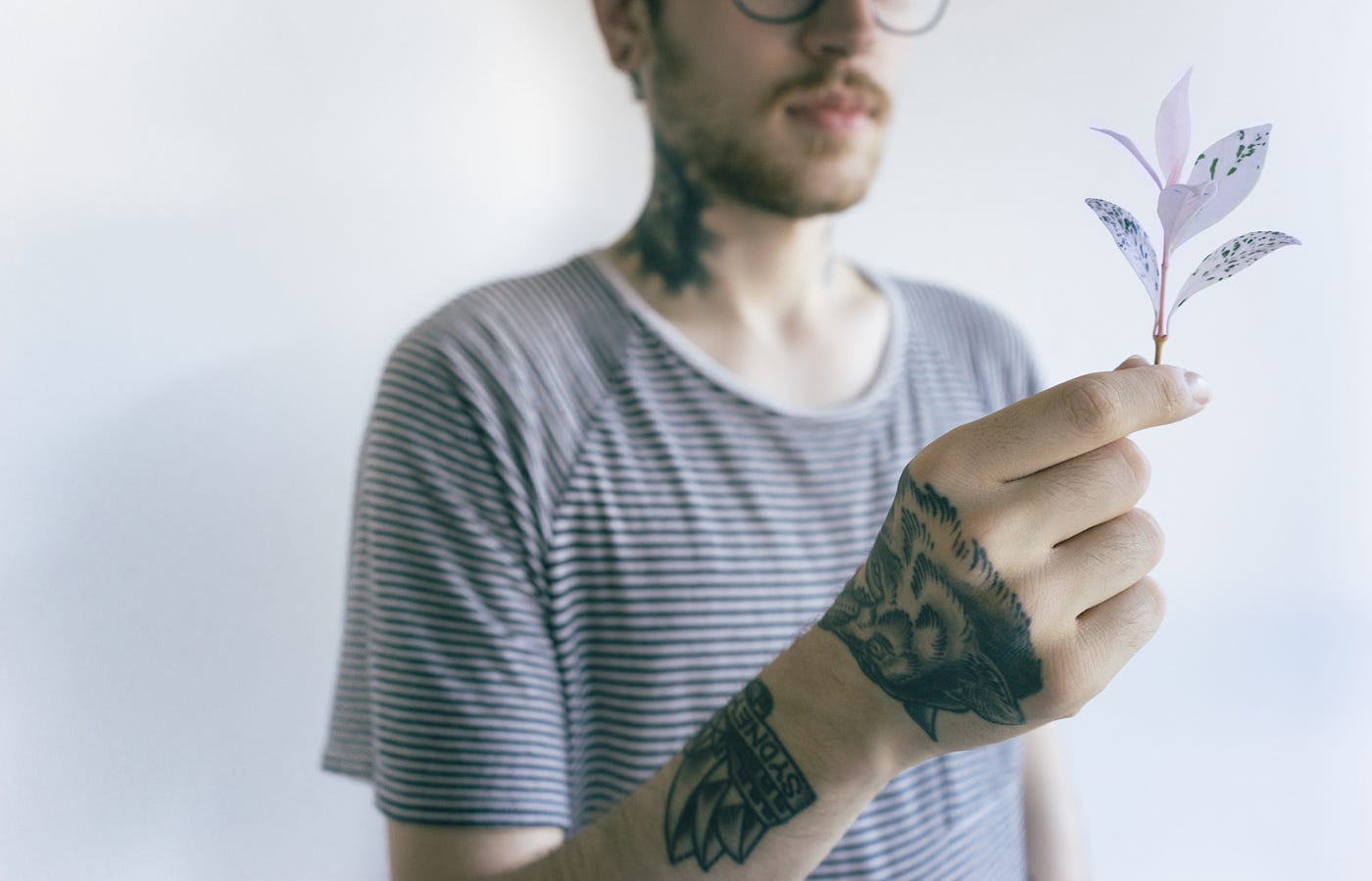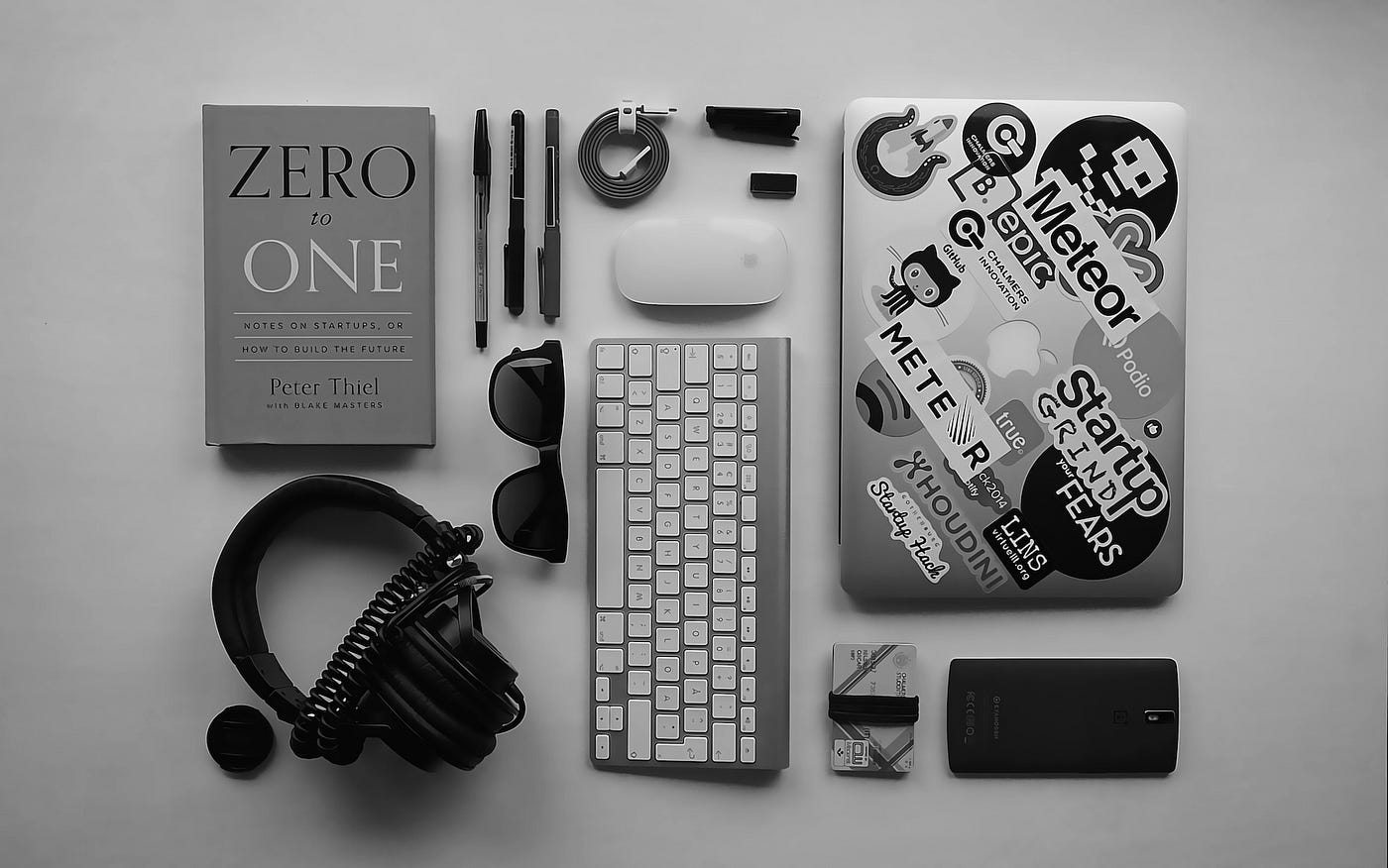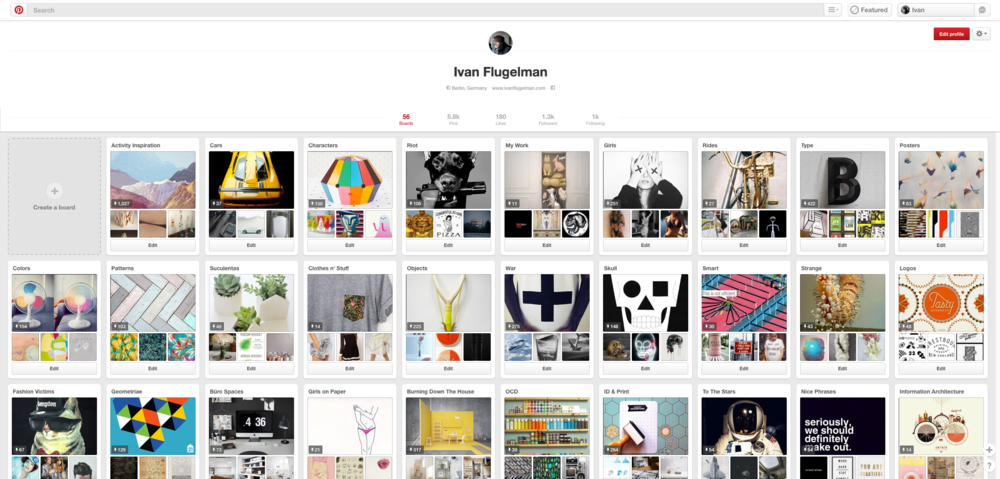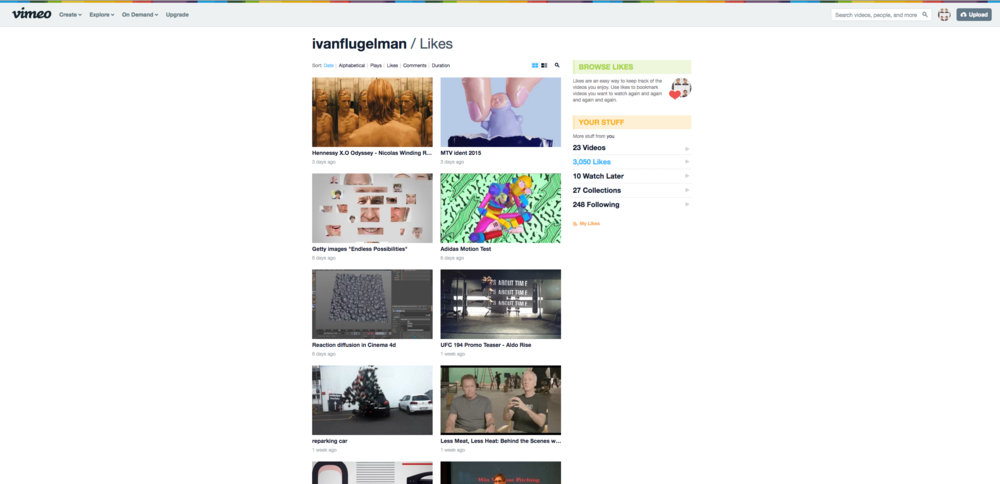what makes a good art director

How to become a better Art Director.
Part 1. Introduction
![]()
This is going to be an on-going series about how to learn and improve some of your Art Directing skills. I am writing this in order to structure a bit some of the experience I have learned during the years and try to frame it in a guide that everyone can come either use to improve their skillset or just to be reminded of some of the basic principles that can get lost entering the comfort zone of their careers.
My goal is to both i m prove your skill set but also try to get you to improve your mindset, so you can think a bit more critically and be able to make conscious decisions about your work, or the work of others.
This first part is an introduction. I will try to explain what does "Art Direction" mean, what an Art Director does and why this role is important in order to bring success into creative projects.
So what is Art Direction?

There are many professional areas where the term Art Direction becomes involved.
I would start by defining that Art Direction is the collection of conscious and justifiable design or artistic decisions that hold together the result of any visual creative production.
Ill try to be a bit more simple. In any design, movie, animation, project, its all the visual decisions that make the final product be coherent in its aesthetic.
For example, when someone designs a logo, the decisions that are made are part of the art direction and have to be conscious and justifiable. The strokes, the typography they use, the style, the colors. If not it just becomes a random selection of resources without any intent (or direction).
Same can happen with photography. The decisions about the light to be used, the composition, the elements that are involved in the frame. If the photographic process involves some sort of production for example in fashion, an art director would be in charge of choosing the backgrounds, design the sets, and can also be involved in the look of the models, the combination of colors, etc.
In the case of motion pictures, an art director is in charge of designing almost everything that we see, from the color but everything that involves developing fake brands, labels, book covers, intro titles, etc involves artistic direction to a lot of extended degrees. Different art directors or product designers are involved in different levels of production. Where it is to define a color scheme throughout the movie, or how will the graphic design of the posters and decorations of the shots will look like.
In gaming an art director is responsible of guiding the whole look and feel of the game. It is in charge of communicating with all the departments of production in order to keep the aesthetic of the game consistent.
In advertising the term art director also applies to graphic designers, that work as a duo with a creative director or copywriter, visualizing ideas. So one thinks the other one makes those ideas happen. Or both.
The term is so vast that it is very hard to cover everything up now, I will try to get into more detail as I write more posts, but this should give a general panorama.
How do I become an art director?
There is no real school for this but I would say the most common places to start are graphic design or art schools. I would take a wild guess and say that a big percentage of the industry standard art directors come from these places. The rest come from other disciplines, and a lot are self taught creatives.
And I guess it all comes down to developing great taste.
Cultivating visual and general knowledge will be always the best way towards moving forward in one's path in this discipline.
It is really important to have a good "library" in your mind's eye that is being almost constantly updated with visual references that you can access. Your sources and inspirations will become your tools of the trade.
Most art directors produce most of their work. Or did at some point of their careers. If they are delegating work its is much better for them to have a previous understanding of the creative process.
Books

One of the first places to start are books. Most prolific art directors have usually huge design and art book libraries that become their first point of contact with any project.
It is of the utmost importance to start building a good design/art library if you want to have the means to make a difference in this career.
What books have compared to digital resources is first, there is usually a specific theme being presented. Wether it is a collection of photographic works, or a design compilation in most cases there is usually a theme that you know you can look up to. There are always texts written down that try to make you go in depth into the presented subject (although in many cases there are just for filling pages) and the most important thing is the time that you can spend with a book and its material presence makes you in some way develop a deeper connection to the work.
Digital media is ephemeral. It's there but you cannot touch it, and it really depends on your battery levels and your internet connection. It is as if it feels that with books you can absorb knowledge in a much rooted level.
The time you can spend looking and analyzing one image, how close you can get with your physical eye to the paper and the tactile experience makes everything a whole experience.
Digital media feels just something more mental and not so experiential.
Sometimes I am even surprised when I go to creative's houses and see so little design books. And I can say almost for certain that the size of your library can at some level correspond with your quality of a designer. Usually all successful and prolific designers are book junkies.
Culture

Who you are will directly reflect on your work. What music do you like, what did you listened when you were a teenager, the artists that you admire, the decoration of your home, your general interests, whether it is politics, history, art, etc.
A general knowledge about art in the world and how the different points of view have affected societies around the world. After all an art director should know something about art.
Most schools have some sort of art history course, and a lot of self taught designers/art directors usually have one or two big artists as inspirations that got them into the game. For a general introduction to art history I recommend The Story of Art by Ernst Gombrich.
It offers a general panorama about all art history since the early civilizations until today, and it is all done with work that can be easily found at the most important museums around the world.
This brings me to my second point: Museums.
Museums are by definition the house of the muses. As design books, the exhibitions are curated live visual content.
It is always good practice to go to museums and exhibitions.
Your mind is open to absorbing information in a different way of a book, or digital, the experience here involves a different state of mind and a physical presence. And you can buy a nice book or two in the gift shop.
I find it also really interesting going to the theater, or music venues. They both involve such an amount of creative preparation and execution that always allows your creative mind to flow in a different state and make unusual connections.
Also the illusion of disconnection can bring out solutions to creative problems that have been roaming the mind for a long and stressful week.
So, all of this is what makes you a valuable individual. To develop and nurture your taste through these experiences means that you are developing yourself and creating value to your profession. It is important to always have a keen and open mind and let curiosity be your guide.
It is also super important that you are open to understand and ask the right questions about everything. Some interesting things to ask your self are:
- What am I doing here?
- Who's work am I experiencing?
- When was it created?
- What was happening in the world at that moment?
- Why is this exhibition/concert here and not somewhere else?
- What questions would I ask the artist/s if they were present?
- Why do I like this?
Digital Tools

We live now in a world and an industry that spins around digital tools to make our lives easier and generate value one click at a time. I don't really see much room today for any artist or designer that wants to be part of this industry without using digital tools at some point.
I am assuming that you are already familiar with the Adobe creative package. "Photoshoped" has become part of our language, so lets speak about some tools of the trade that I personally use that make my life easier.
I would say that my first tool whenever I have to do research is Pinterest. They have become industry standard and their algorithms seem to "get me". This is scary. But the way it is designed for me gives a huge advantage on organizing and categorizing my visual references.
I have tried tagging references, syncing them to my different cloud accounts but in the end this takes so much work and investment that I end up using just Pinterest and then browsing the dark corners of the internet for lateral references using my own personal mind library.
The biggest disadvantage that we have with Pinterest is that you get to see a lot of already processed work. You don't get to the core of things, but just look at masticated and regurgitated beautiful images that present the current state of the zeitgeist. Be careful with this.
But a good art director will know exactly up to what point use and what to use from these images. I will expand more on this in later posts.

Google Images
My second in command image search engine. This looks around the whole internet and tries to find the best match according to your search. It is not tainted by design, and you can filter really good by usage rights, color, and size.
It is great to find some of these hidden gems that are in the public domain.
Picasa.
I use sometimes Picasa's collage tool to create moodboards. Now a days it is called google photos I think and the tool is still there but it is a bit more uncomfortable to use since it's all web/cloud based. I recommend getting an older version.
Vimeo.
Since I am involved in the Motion Graphics / VFX branch I use Vimeo as my number one video inspiration. I like the website Motionographer too as a curated selection of great Motion Graphics and Interviews but Vimeo as a social network feed of what all my colleagues and studios that I like are looking at the moment. I get a great source ranging from finished work to more experimental tests, etc.

Blogs and RSS feeds.
There is a TON of beautiful work and curated content out there. Something similar happens to me like with Pinterest, but there is SO MUCH information going and all these beautiful curated blogs, but in the end I have the feeling that they all dissolve in the internet's creative ether.
Sites like tumblr have beautiful curated work but they become just a compilation of beautiful images… and that's it.
There are some specific blogs that have a very strong focus in curated content and a bit more exploration on the work such as Bibliodissey that focuses on book related stuff, buthowdoesitfloat, etc.
You can collect all this information using an RSS feed and create your own curated feed of curated content delivered on demand.
I can go forever (and probably will later on), there is always a new tool coming up ready to replace an old one Pinterest replaced FFFOUND for example.
In my personal opinion it is better to keep it simple. I always keep a folder in my desktop called "PicRefs" where I just collect the nice random things that I find on the internet, and I take a look every couple of months or so. It is very pleasing to actually see those references and they take you back to that moment where you selected them and you can also see a line that reflects your taste and interest through time.
Spend some time exploring great inspiration sources, analysing them and categorizing them for future use.
Summing up
I have just written about a basic spectrum of basic things about being an Art Director. This is a very broad discipline but some of the foundational elements can be shared along the line of the different areas.
One last thought for this post is that a good art director is also a good communicator. Without being able to communicate your ideas and thoughts to someone else will be the difference between success and great success in any creative endeavor.
It is important to get this basics right. General knowledge and good access to creative source material is key to start. And critical thinking and a constructive and de-constructive mind open the paths to better work and ideas.
I guess that if you found this post in this platform most of this stuff is covered, but in that case, take it as a reminder of those basics that we sometimes forget. Most designers now look only at digital things, go back to books.
Others just go home and watch television or browse reddit and forget that going out to a concert might as well open your mind to new ideas and people could spend part of their weekends exploring the cultural offering from your city/town.
Read a book about the life of David Bowie or explore the futuristic possibilities of virtual reality in Ready Player One. Enrich your life so you can enrich your work, it is that simple.
See you on the next post. Thanks a lot.
what makes a good art director
Source: https://ivanflugelman.medium.com/how-to-become-a-better-art-director-4d6e1c709445
Posted by: petersacal1959.blogspot.com

0 Response to "what makes a good art director"
Post a Comment